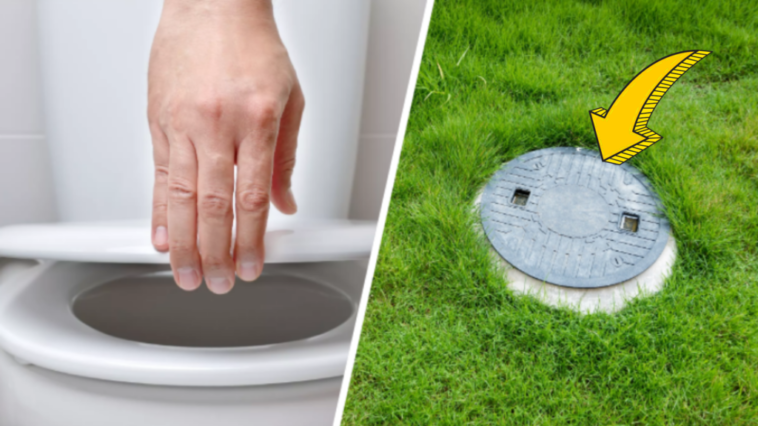When a house’s plumbing is not connected to the sewer system (for example in the mountains or the countryside), its wastewater goes straight into a septic tank. This system works thanks to anaerobic bacteria. These living organisms ensure the proper functioning of the pit by digesting its various components (excrement, etc.). This allows this thick material to be transformed into gas and fairly clear water to be evacuated by drainage. However, these bacteria are fragile and keeping the tank in good condition is not an easy task. To clean your toilets without damaging your septic tank, you must be careful about what you use to avoid unforeseen breakdowns or defects (bad odors, overflows, etc.). Here’s how to properly maintain your pit and stimulate bacteria with natural products that are good for the environment.
First of all, avoid throwing harmful items into it!
Be careful of chemicals that could end up in the tank and cause damage! Avoid:
-Deodorant blocks
-Bleach and antiseptic products
-Unblockers at the caustic soda to remove the caps
-Paint and paint thinner, gasoline, methylated spirits, pesticides, weed killer, resin, wax, antifreeze, white spirit and other solvents of this type
In general, limit chemical household products as much as possible. Especially for scrubbing floors, cleaning the bathtub, etc. Remember that these detergents are then thrown into the pipes and leave harmful residues in the pit!
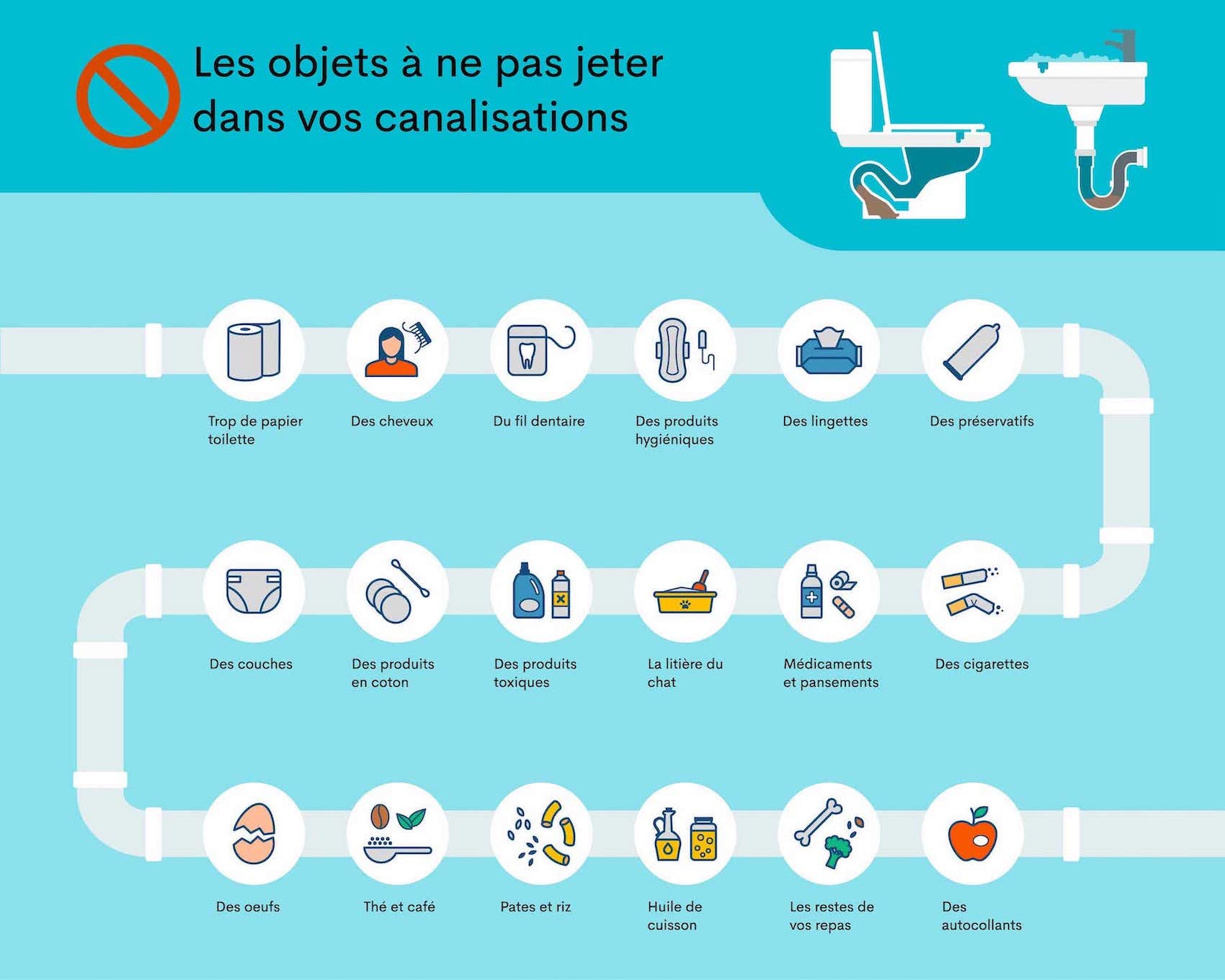
Other elements have nothing to do with it:
– Paper towels and wet wipesespecially disinfectants
-Disposable diapers and hygienic products (tampons, condoms, dental floss, cotton swabs, etc.)
–Pharmaceuticals, especially antibiotics (medications must be taken to the pharmacy and not thrown into the toilet or the trash)
-Swimming pool water (chlorine is very harmful) or rainwater
-Oil (e.g. food and frying oils), fat, coffee grounds, egg or nut shells
-Cigarette butts
–Cat litter
With or without a septic tank, toilets are not trash cans!
The trick of natural yogurt to reactivate the septic tank
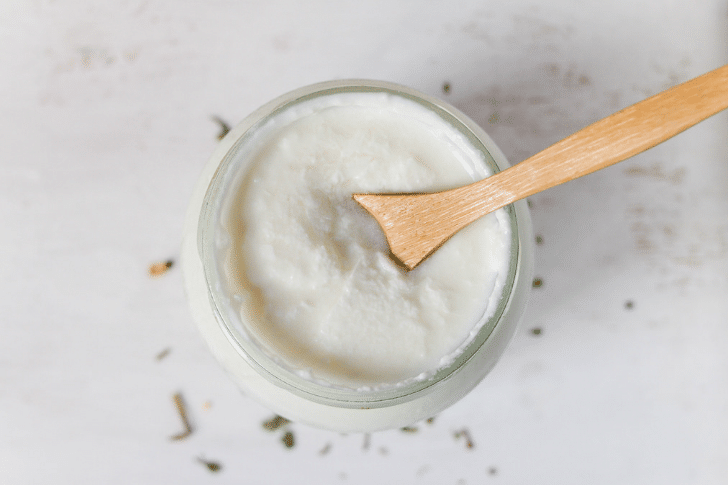
Put your expired or first prize yogurts to work! This gives a boost to the bacteria to take care of its pit and ensure its effectiveness. This also allows chase away bad odors who could settle down. As a shock treatment, leave 4 yogurts to ferment outside the fridge or in the sun for two days at room temperature. Then empty them into your toilet. After this, continue with one fermented yogurt per day for a week. For maintenance, pour one fermented yogurt per week down the toilet. Your pit will thank you!
Bicarbonate to clean toilets without harming your septic tank
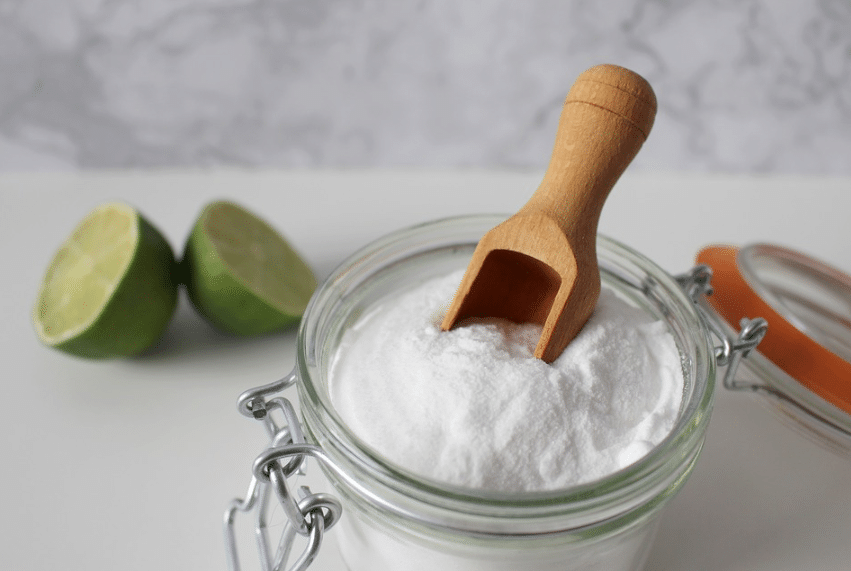
Ecological and compatible with the septic tank, baking soda (or sodium) has an alkaline pH. This allows him to maintain the pH in the pit even after emptying. By keeping the pH more neutral, it gives good bacteria plenty of time to develop and prosper. This allows good degradation of deposits and waste (and it is more economical than Eparcyl!), and helps to space out emptying. To do this, pour 200 g of bicarbonate once a week before flushing the toilet. The water-bicarbonate paste can also be used to clean the various toilet elements (seat, bowl, etc.).
White vinegar, essential for cleaning toilets connected to a septic tank
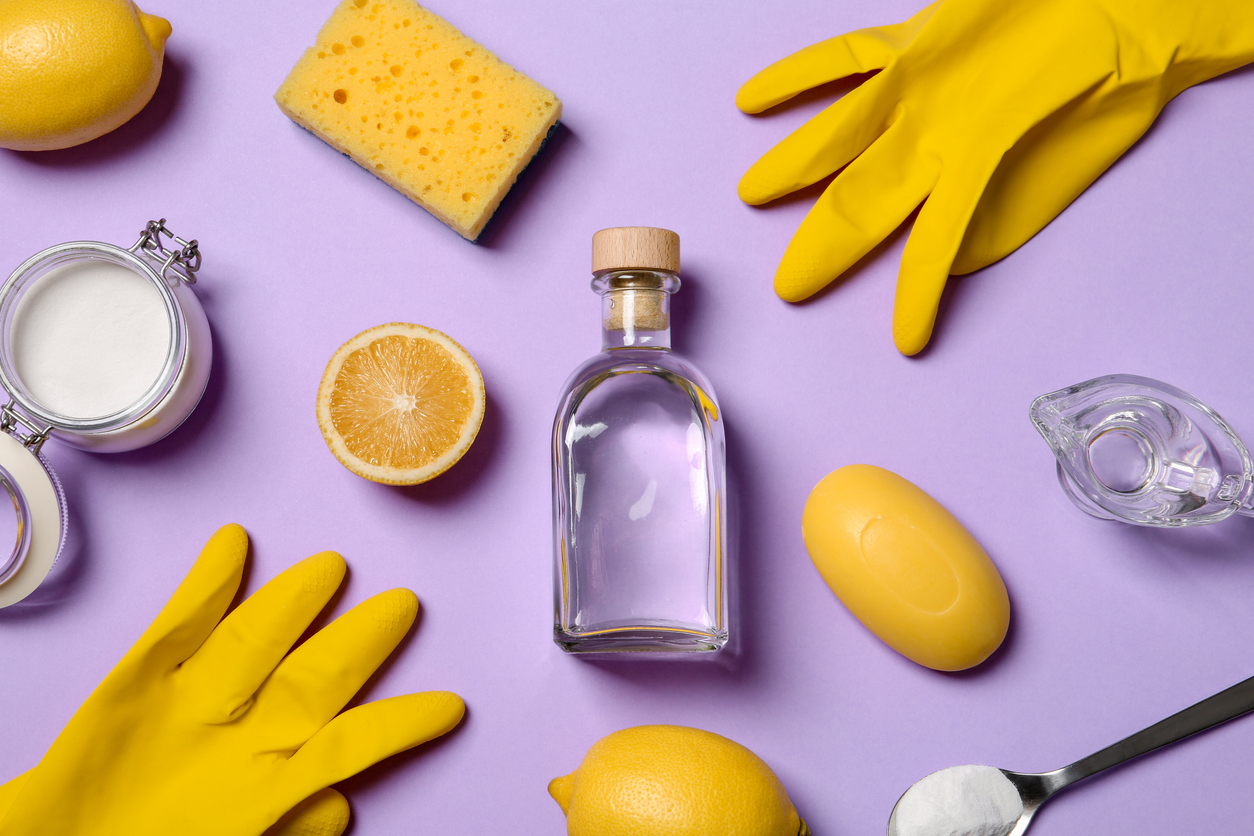
Contrary to what we sometimes hear, white vinegar cannot damage the septic tank. Indeed, its acetic acid is produced in large quantities during anaerobic digestion in a pit before its transformation into biogas. It is therefore safe for the flora in the pit. And that’s good news, because it is a descaler, disinfectant, cleaner and deodorizer all at the same time! You can pour 250 ml pure (hot for greater effectiveness) and leave to act for a few minutes before flushing to clean the toilet. It is also possible to pour several liters (up to 5) directly into the bowl to dissolve a blockage effectively. Leave it on for three hours before flushing. Finally, just like black soap, Marseille soap or lemon juice, it can also be used to clean the toilet seat or bowl.
Citric acid, when bicarbonate is not enough!
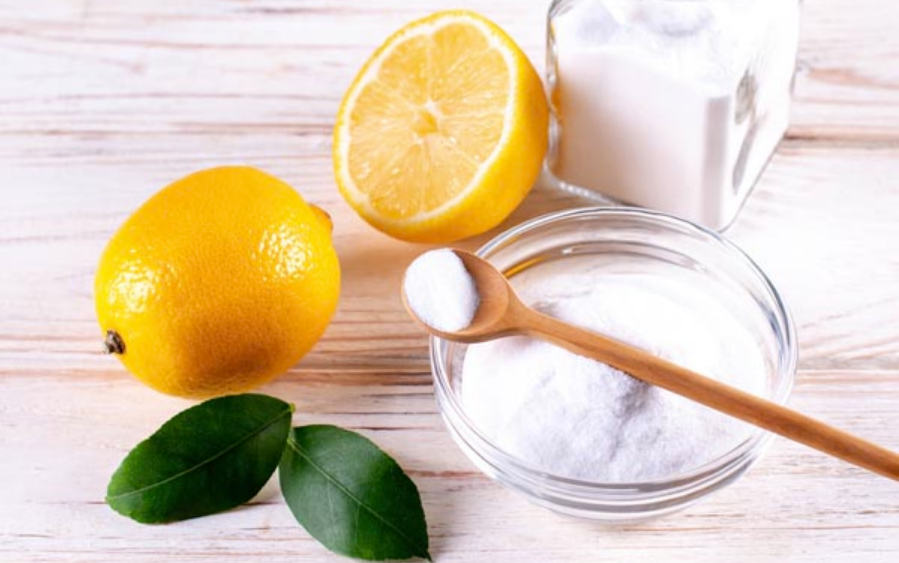
This is a very powerful natural descaler and not harmful. Simply dilute 2 tablespoons of citric acid in ½ liter of hot water. Then use this solution to scrub the walls of the scaled toilet bowl. Then, proceed immediately to rinsing to complete the cleaning.
Homemade cleaner to clean toilets without destroying your septic tank
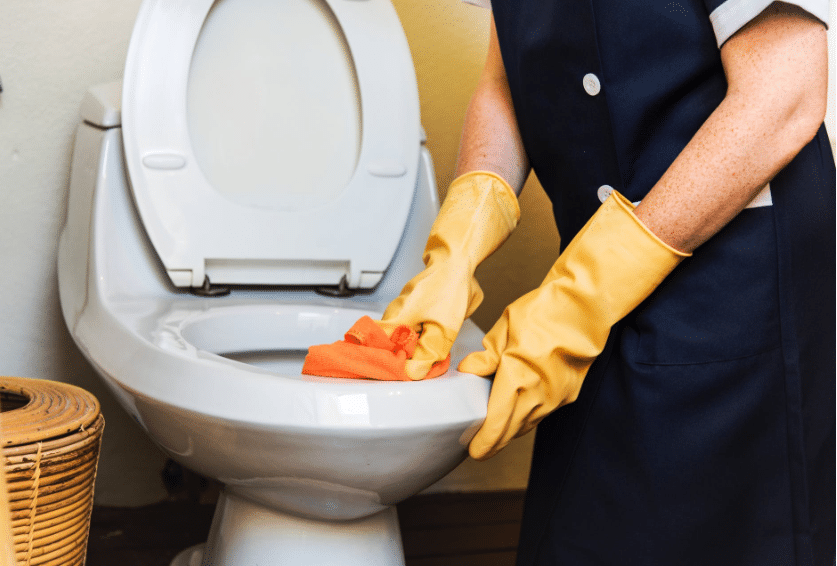
Mix 2 tablespoons of baking soda, 2 more of soda crystals and 1 of citric acid. Gradually add a teaspoon of black soap and 1/2 cup of water. All you have to do is take this mixture of ecological cleaning products with a sponge and rub. Don’t forget to rinse.
Clay stone and household alcohol
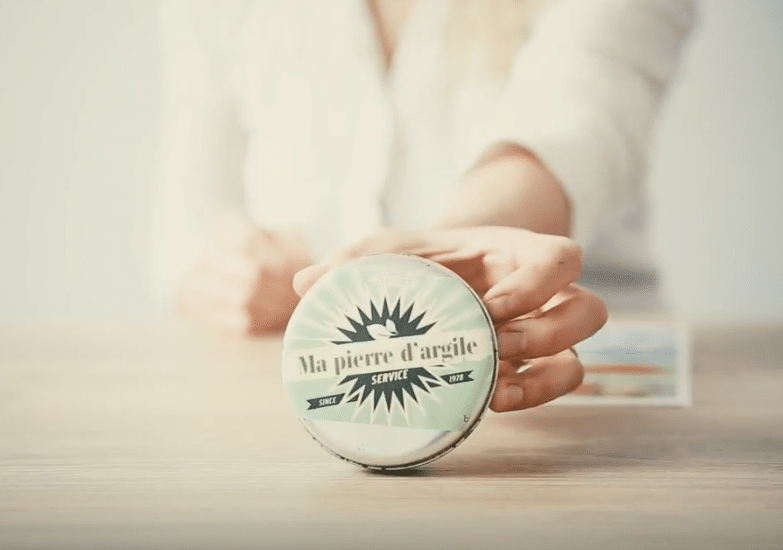
We don’t always think about it, but clay stone can also be used against limescale on a toilet bowl. Simply apply it with a sponge and polish with a brush soaked in household alcohol.
Good to know: To unblock your toilets or blocked pipes, use the unblocker ferret or the suction cup. These solutions are chemical-free or could possibly alter the proper functioning of your pit. After a few trips back and forth, the blocked pipe will quickly be forgotten. Very effective! The technique of pouring Coca-Cola to unclog clogged toilets thanks to its phosphoric acid does not represent any danger for the pit either.


